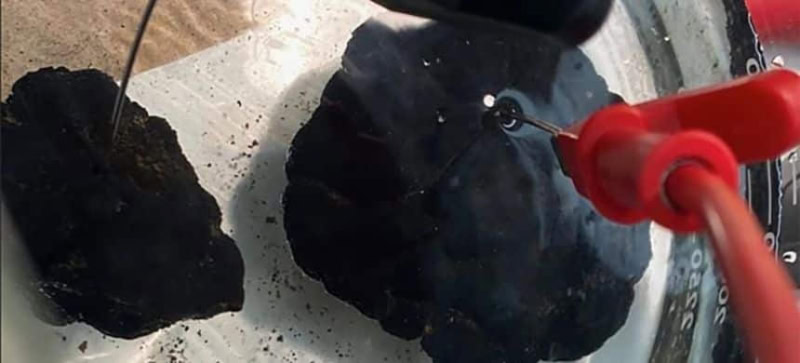An international study has revealed that deep-sea minerals can produce oxygen in total darkness, indicating an alternative oxygen source that predates photosynthetic life. This finding could affect deep-sea mining, underscoring the need for sustainable practices to protect these oxygen sources.
Researchers, including a chemist from Northwestern University, discovered that metallic minerals on the deep-ocean floor produce oxygen 13,000 feet below the surface. This challenges the belief that only photosynthetic organisms generate Earth’s oxygen. The study in Nature Geoscience shows oxygen can be produced at the seafloor, supporting aerobic sea life in complete darkness.
Read more: Scientists Have Found That Climate Change Is Causing Days To Become Longer
Andrew Sweetman of the Scottish Association for Marine Science discovered this “dark oxygen” during Pacific Ocean fieldwork, with Franz Geiger of Northwestern leading electrochemistry experiments. Sweetman stated that Earth’s oxygen supply, previously thought to begin with photosynthesis, is also produced in the deep sea without light.
Polymetallic nodules, which contain metals like cobalt, nickel, copper, lithium, and manganese, are central to this discovery. These elements are critical for battery production. Geiger noted that mining companies aim to extract these elements from the seafloor, stressing the need to rethink mining practices to avoid depleting oxygen sources for deep-sea life.
Sweetman discovered oxygen production while sampling the Clarion-Clipperton Zone seabed in the Pacific Ocean. Initially suspecting equipment malfunction, his team confirmed the findings with alternative methods over a decade. Sweetman contacted Geiger in 2023 to discuss the oxygen source, leading to the hypothesis that polymetallic nodules could generate enough electricity to produce oxygen through seawater electrolysis. Testing confirmed that just 1.5 volts is enough to split seawater, with nodules generating up to 0.95 volts.
The researchers believe that the mining industry should consider this discovery before proceeding with deep-sea mining. Geiger emphasized that mined sites from the 1980s have not recovered, highlighting the need for cautious and sustainable mining strategies. He noted that marine life thrived in unmined regions, indicating that ocean-floor faunal diversity in nodule-rich areas is higher than in the most diverse tropical rainforests.









